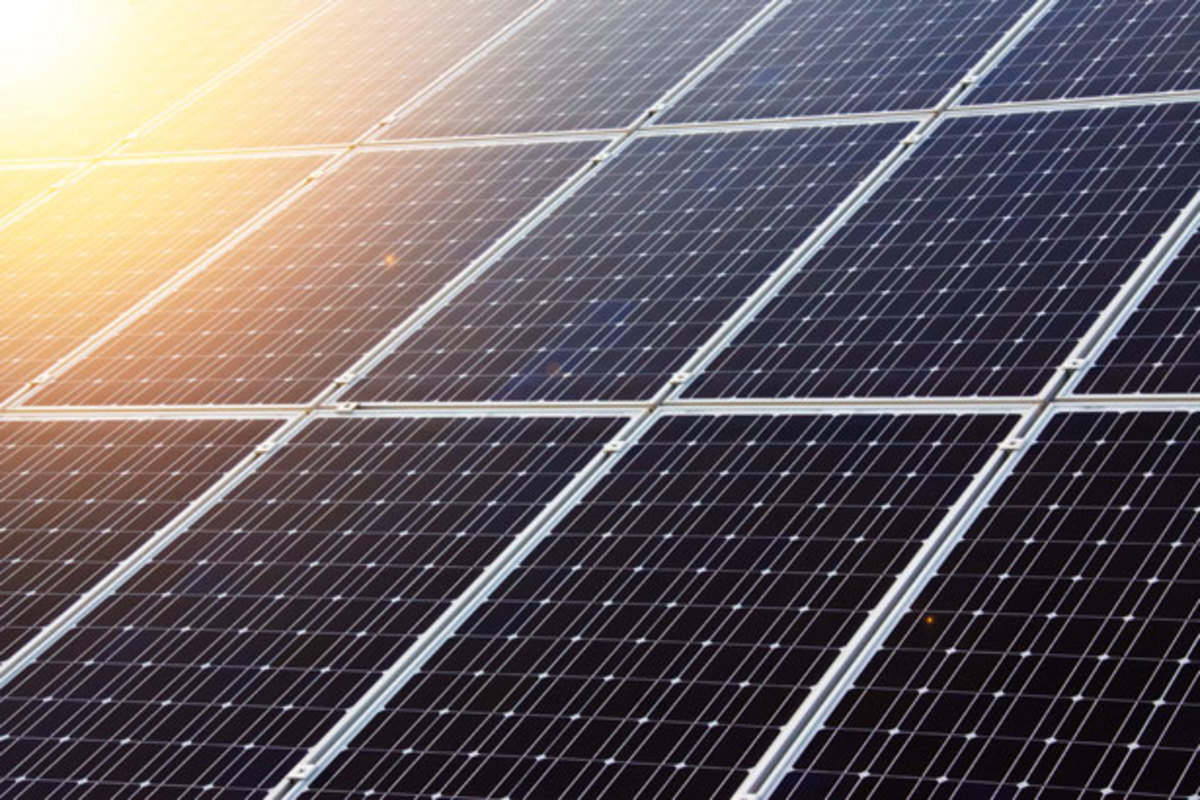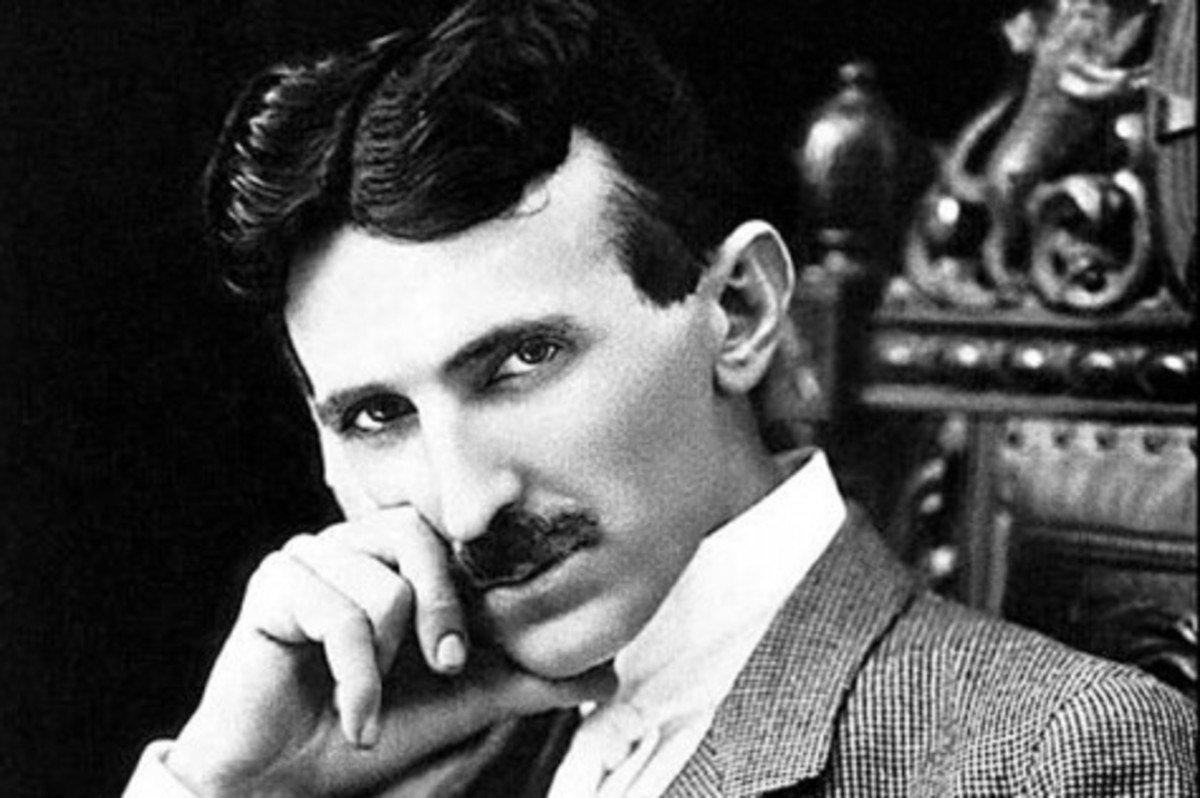Sustainable Electricity for rural population
Social Entreprenures creating innovative solutions for energy
The Era of energy insecurity
The Human Civilization is on a cross road in the face of looming scarcity of energy and global warming. Steep rise in the consumption of fossil fuels and its devastating impact on environment has raised alarms among the policymakers and think tanks.
The frenetic efforts to secure energy sources and transit routes through strategic military buildups are becoming assuming a serious threat perception in view of the large stock pile of nuclear weapons across the world. The limited life of oil reserves and the associated worries of upheavals in Middle East, holding more than 50% of world’s reserves, are further compounding the problem of secured supply of energy to users.
In the midst of such great uncertainties where oil reserves being limited with varying estimates ranging from 60 years to more than 100 years, the political and commercial leadership across the world are paying greater attention to promote alternative and renewable energy sources. There are breakthrough developments driven by entrepreneurs, social activists, scientist and academia in the area of generating electricity from various alternative sources.
Electricity from Rice Husk
Nothing could have been better for the rice producing rural masses in third world countries which are starving for electricity than the breakthrough of generating power from rice husk, a regular waste generated in the process of producing rice. It is all the more significant in view of the fact that this waste requires significant efforts to find a suitable use. Some of the traditional uses of the rice husk are fillers in pet foods, land filling, buildings in villages, fertilizer and brewing beer.
The world rice output hovers between 500-600 million tonne as per FAO estimates. The husk content is about 20% of the paddy weight. So there is a regular supply of rice husk in the rice producing areas in a great abundance.
Social Entrepreneures – The key drivers
Gyanesh Pandey left his cozy job in USA and came back to his village in India to uplift the living conditions which did not change in last many centuries. The village had not seen electricity in their house holds. Pandey along with his school and college friends worked relentlessly to create a solution to provide electricity on a sustainable basis. They made the breakthrough in 2007 and today they are responsible for lighting 25000 households through husk based 60 mini power plants impacting 150 000 people in rural area. By saving on diesel and kerosene burnt for lighting purposes the attempt has already saved 50 000 Tonnes of CO2. The group plans to install more than 2000 MW of husk based power plants by 2014 impacting the lives of about 5 millions and saving of around 5 Million $ and 750 000 Tonnes of CO2. The story is getting wide-spread recognitions around the world and gives a great hope to rice producing third world countries like China, Thailand, Philipines, Vietnam and others. NYT published an article “A Light in India” by David Bornstein (http://opinionator.blogs.nytimes.com/2011/01/10/a-light-in-india/) to highlight the breakthrough which has immense potential for transforming poor villages across the world especially with factors like decentralized or off-grid installations, low installation cost $1/W, local supply of fuel, improvement in local job opportunities and saving in CO2 emission.
Basic Technology
The concept is based on incomplete combustion of biomass, mainly rice husk, in gasifier which produces combustible gases consisting of mainly Carbon Mono Oxide and Hydrogen. The combustible gas can be used to run internal combustion engines to generate electricity. The group has made a series of innovative modifications to adapt to the context and achieve viability. As per NYT article " They got a gasifier, a generator set, filtering, cleaning and cooling systems, piping and insulated wiring. They went through countless iterations to get the system working: adjusting valves and pressures, the gas-to-air ratios, the combustion temperature, the starting mechanism. In they end, they came up with a system that could burn 50 kilograms of rice husk per hour and produce 32 kilowatts of power, enough for about 500 village households".
The network of the group helped in tackling key issues to achieve the success which included developing business plans, raising money, liasioning with government agencies etc.





